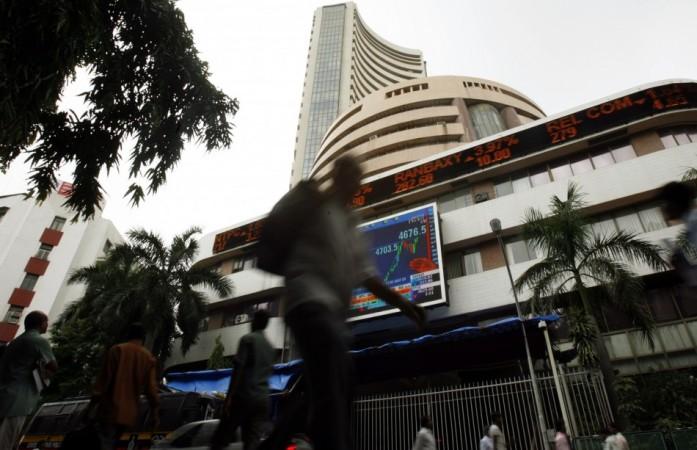
The rupee on Wednesday hit a record low of 54.49 against the U.S. dollar, prompting calls for quick government measures to curb volatility.
The currency had fallen to 54.46 against the dollar in afternoon trade, down from Tuesday's close of 53.79.
India's finance minister, Pranab Mukherjee, on Wednesday said the decline in the rupee was partly due to the Euro Zone crisis.
The Reserve Bank of India's (RBI) intervention to ease weakening of the falling currency on Monday proved largely futile, with the rupee closing the day at 53.97 following an appreciation to 53.83 in the morning trade session.
The decline of the rupee has drawn attention from Indian lawmakers and Mukherjee addressed their concerns at a parliament session that began at 2 p.m. local time Wednesday.
"I don't want to press the panic button, but austerity is needed. I am going to put in some austerity measures. It is important to send a signal. We will need to focus on implementation of projects," Mukherjee said at the session, that was broadcast live by NDTV.
The finance minister also brought attention to the subsidy bill, which hovers around 2 percent of India's GDP. "I will bite the bullet on subsidy when I know it will not end in a fiasco," said Mukherjee, who has proposed a cap of less than 2 percent of GDP on a subsidy program that spans everything from diesel to fertilizers.
Despite global economic pressures, Mukherjee assured that the "Indian growth story is intact," adding, he has "confidence in the people and political system."
Analysts polled by Reuters said that unless India moves to resolve its trade deficit and mitigate global risk aversion, fighting against the depreciating rupee will be a losing battle.
"Unfortunately for the rupee, this is not a great environment to run a current account deficit and thus be reliant on capital inflows from foreign lenders," said Sean Callow, a senior currency strategist at Westpac Banking Corp. in Sydney.
India's trade deficit stood at $13.4 billion in April, with exports drawing $24.5 billion and imports totaling $37.9 billion.
A Reuters poll showed analysts expect the rupee will remain weak against the dollar for at least a month, after which the currency may gain traction to 50 in early 2013.
Deepak Kundu, dealer FX and rates, ING Vysya, said the rupee may hit 56 against the dollar in late June. "As of now, the only support can come from the Reserve Bank of India. There is no dollar supply in the market and exporters are not selling."
Indrani Patel, the chief economist at Kotak Mahindra Bank Ltd., told Reuters, "The stress on Indian currency deriving out of the worries from the global conditions have increased significantly. The issue now focuses squarely on capital flows and if a heightened risk aversion globally would significantly lead to a drying up of the capital flows."
Patel added that a "significant firming of the dollar is also adding to the rupee depreciation pressures. Attempts by the RBI to contain rupee depreciation is only likely to worsen rupee liquidity conditions. A difficult scenario presently for the policy makers."

















